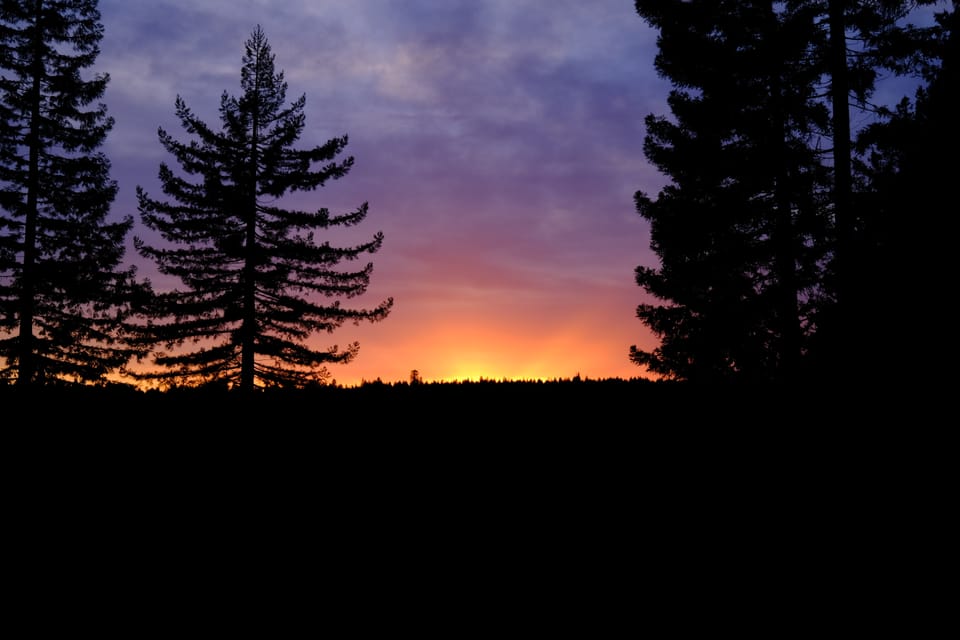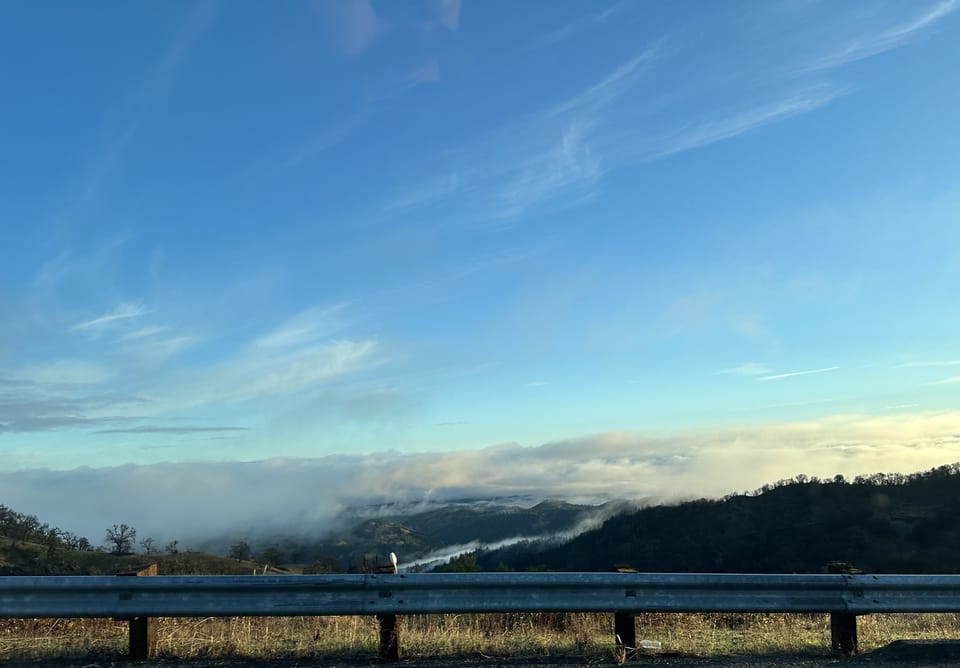Sometimes, things just go the other way
In which we get active and beat the heat.
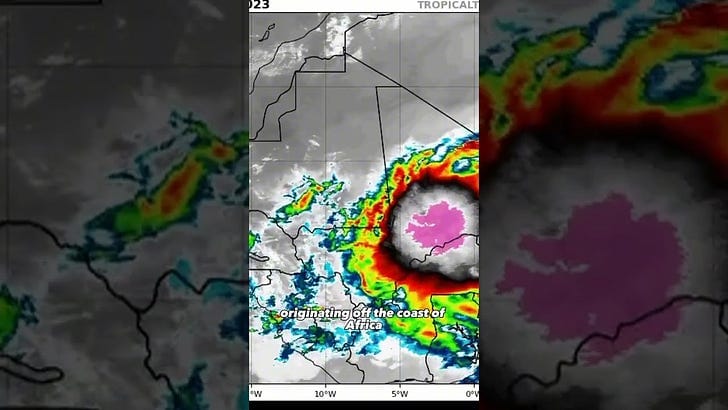
Hurricane Hilary recap
So Hilary ended up moving into SoCal more on the western side of the projected cone (page and video explaining the cone), which means San Diego and Los Angeles got hit a bit more directly. And while overall flooding wasn’t as catastrophic as it could have been, there were certainly major impacts (and we’re still finding out the full implications).
One interesting thing to note is that many locations saw the rain totals that were forecasted (or at least near them), but the rain accumulated over a longer period of time, which reduced flooding. And there was also some cloud cover that reduced instability, which also resulted in lower rain rates.
The other thing I want to note briefly with Hilary is the post-storm reception. There was some conversation about whether the storm was over-hyped. This is a complex topic and we’ve talked about weather communication in the past. I think from my point of view, the NWS forecasts and language were justified. There were perhaps some news headlines and videos that were less justified though.
Additional sources for this portion:
- SF Chronicle article w/some images
- Timestamped WaPo article that tracked the storm
- My rough notes on Daniel Swain’s last offices hours (all about Hilary)
The Weather Feed is a reader-supported publication. To receive new posts and support my work, consider becoming a free or paid subscriber.
Let’s get active
We’re in peak hurricane season now so it seems like a good time to recap what that means. Here’s a convenient video to catch you up.
In short though, at this time of year there’s generally low wind shear, and water temperatures and moisture are super high. And that means more hurricane activity. Easy right?
Pass the cooler?
You’re probably sick of hearing about heat domes but there’s one parked over the central U.S. This means hot temperatures, high heat indexes, and all that jazz. It looks like it’s going to be sitting there for a bit longer though, so if you’re in that part of the U.S., stay safe, stay cool.
You can kind of see the location of the heat dome on satellite too. And if you look at where the high (blue) and low (red) pressure systems are, you can see how cloud cover coincides with these systems. You generally get fewer clouds with high pressure, and more clouds and unstable weather with low pressure systems (I know this isn’t groundbreaking info, I just think it’s neat).
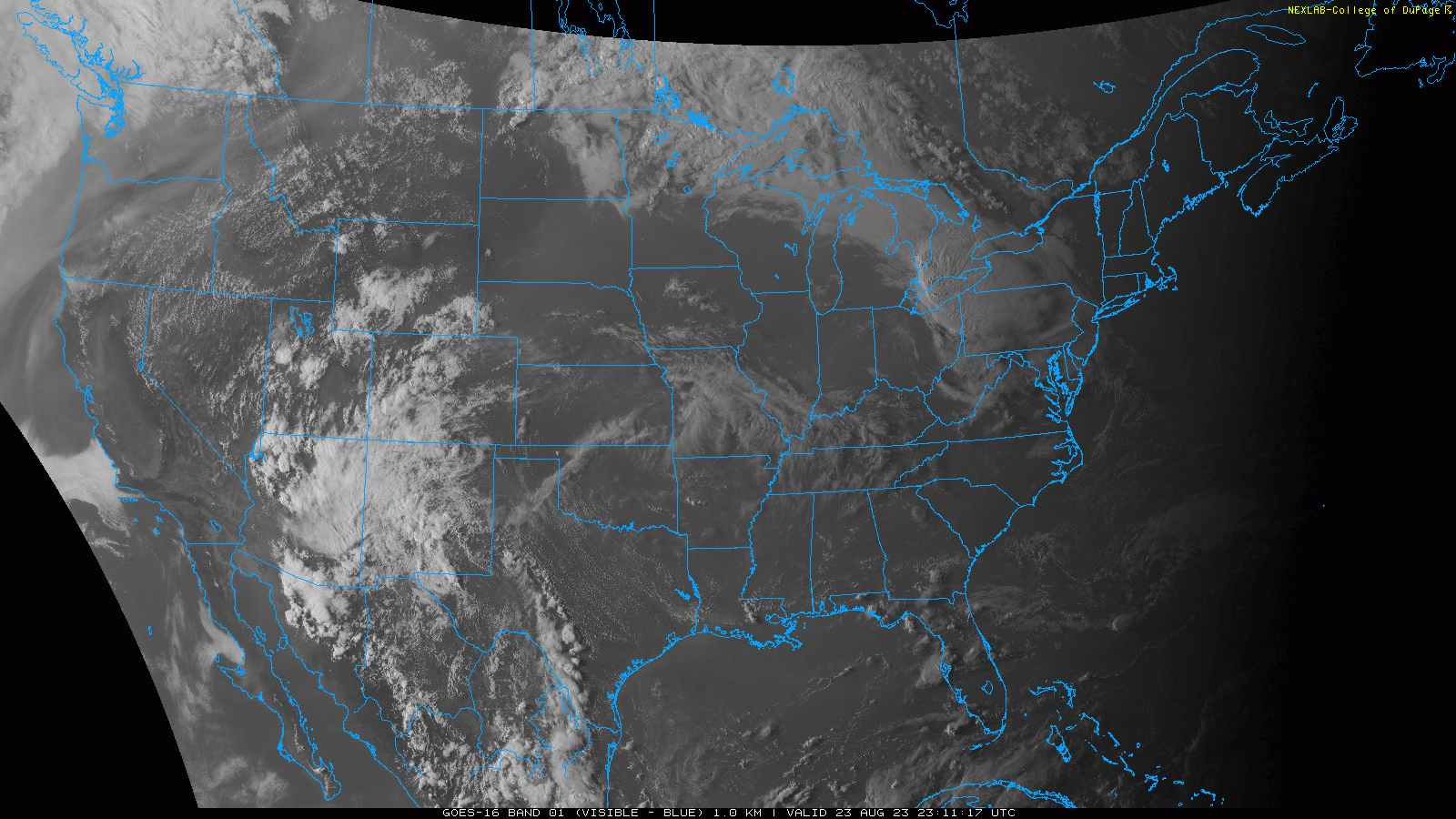
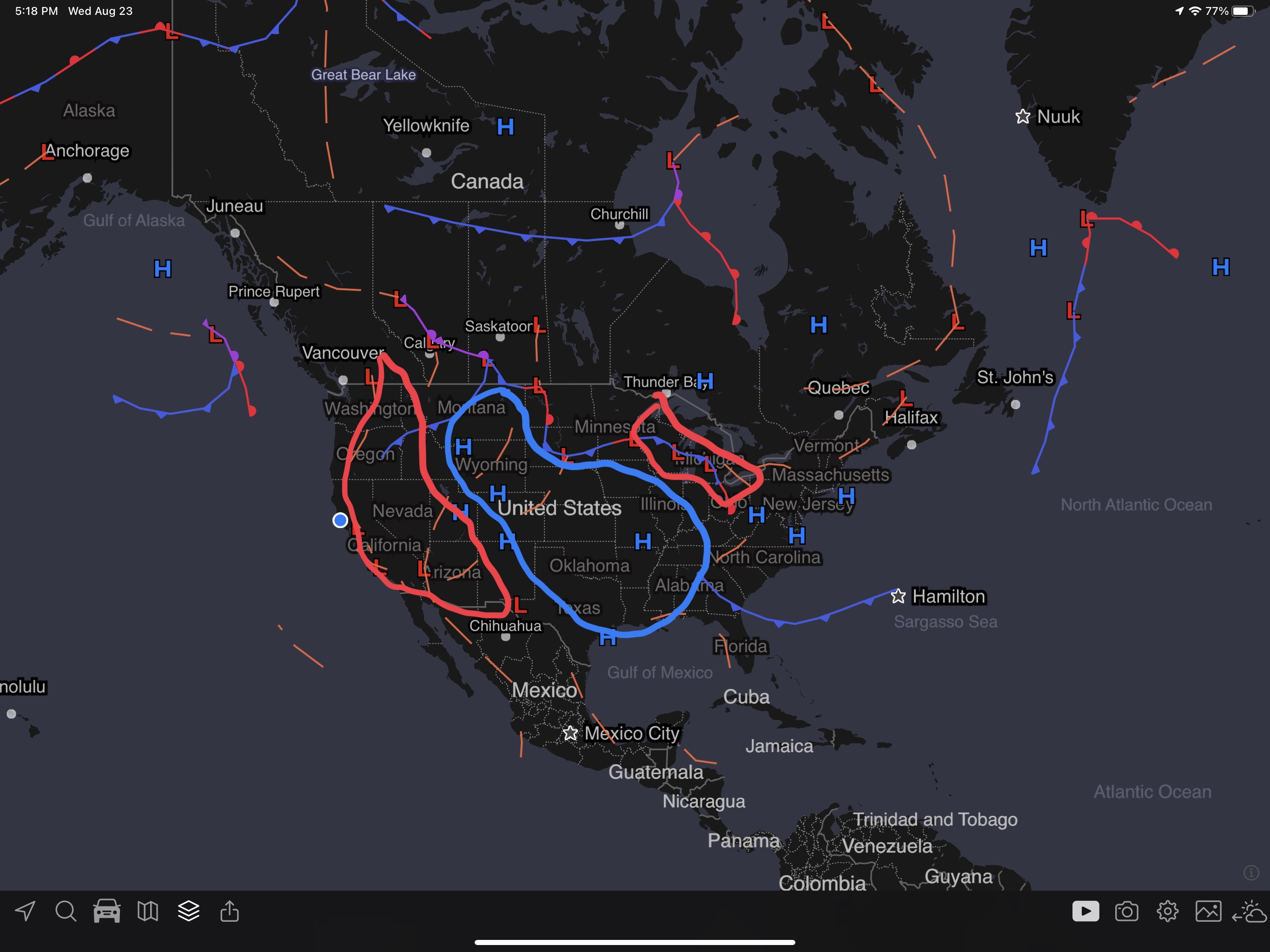
There’s a connection here
Here’s the latest ENSO blog post. It covers the connection between El Niño and coastal flooding.
Flooding that used to happen only during big storms now happens for a variety of reasons: a stiff onshore breeze, slowing of the Gulf Stream, a Hawaiian eddy or a full-moon tide. Also, as we discuss below, ENSO (El Niño/Southern Oscillation, the entire El Niño and La Niña system) has an important effect on coastal flooding.
And here’s why.
How does ENSO factor into these coastal flood outlooks? El Niño in particular can really kick things up, because sea levels are already so close to the brim in many communities thanks to climate change. History shows that during El Niño, flooding occurs along many U.S. coastlines even more frequently (see figure below for a comparison of high-tide flooding with El Niño and without El Niño). In contrast, La Niña tends to decrease or have no effect on high-tide flooding frequencies in many regions.
Not a crystal ball
But a look into the future anyway.
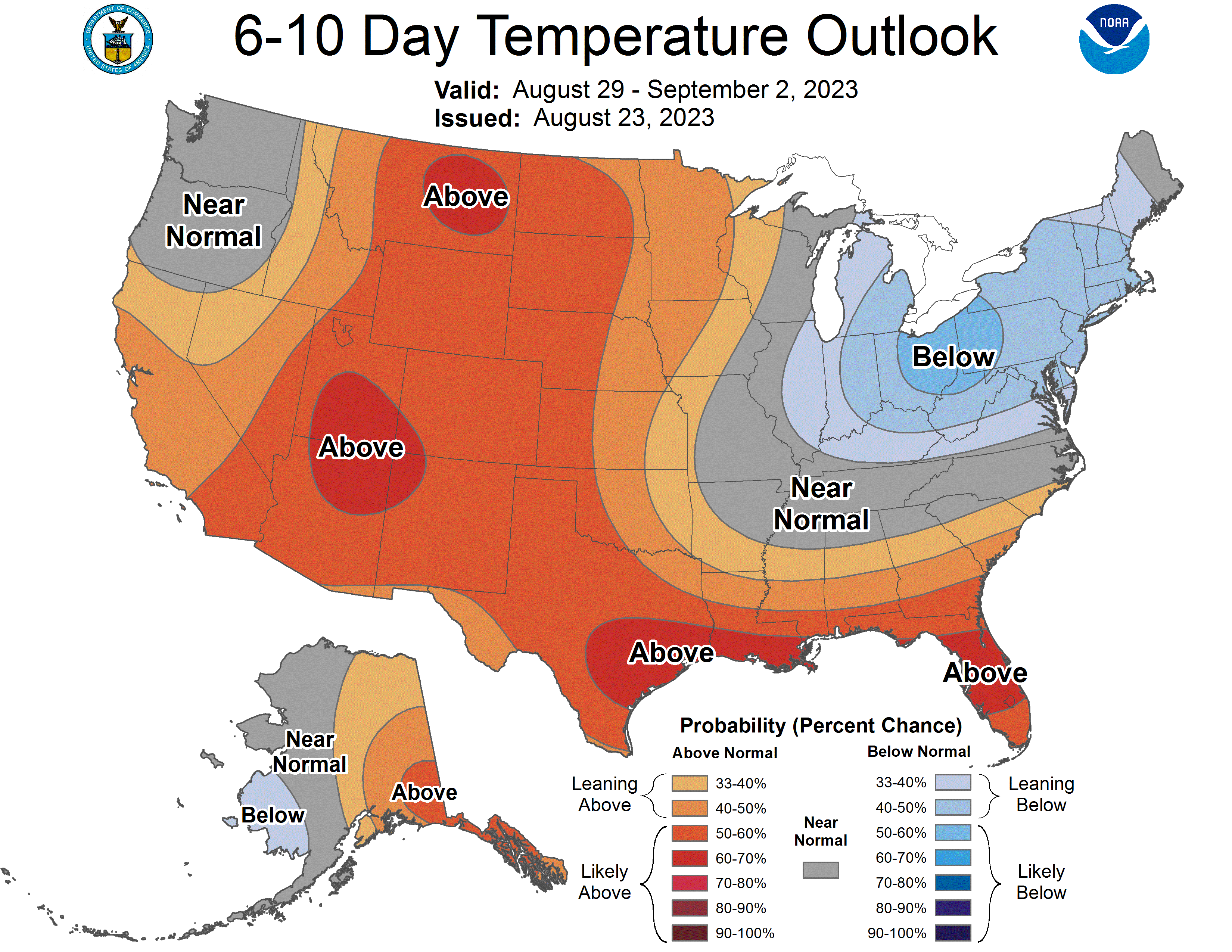
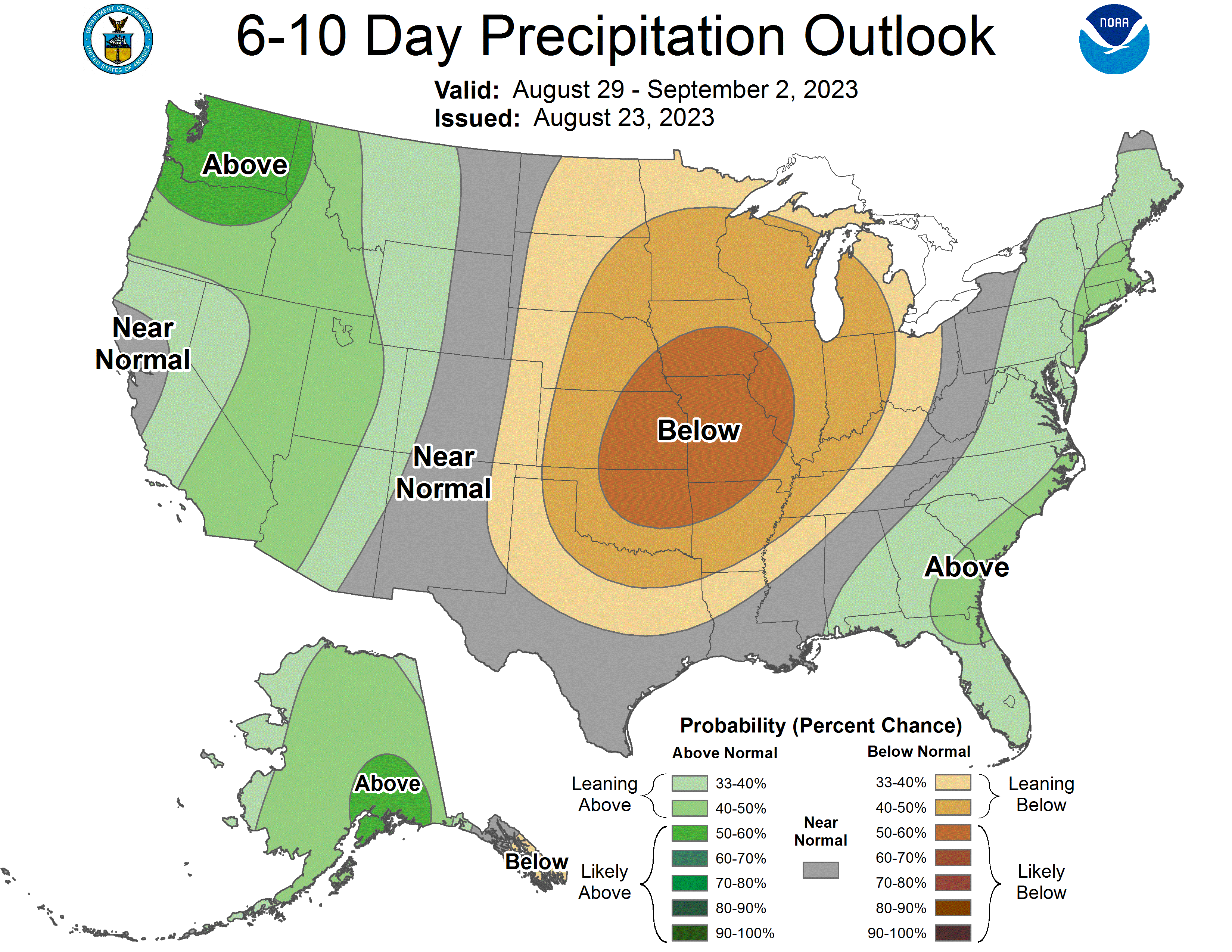
A call for comments
I haven’t been using social media much to source content for the newsletter, so I thought I’d check in with you to see how things are going. So first up:
I’ve also been thinking about trying out Substack’s chat and podcast features. For chat, I thought it might be nice to have a place to share photos, articles, and fun weather tidbits. If I did the podcast, it’d basically be the newsletter in audio form. Any interest in these features?
I can’t guarantee I’d get any of these up and running but I thought I’d see if there was any interest. I know the newsletter is usually pretty brief but it takes a decent amount of time to write. If these other features are quick to set up though, they might be fun to try.
And if you have any improvements, suggestions, or content you’d like to see, please let me know in the comments!
See you next time weather fam 💙
I’ll leave you with a photo from a neighbor, and also a Weather Feed subscriber!


